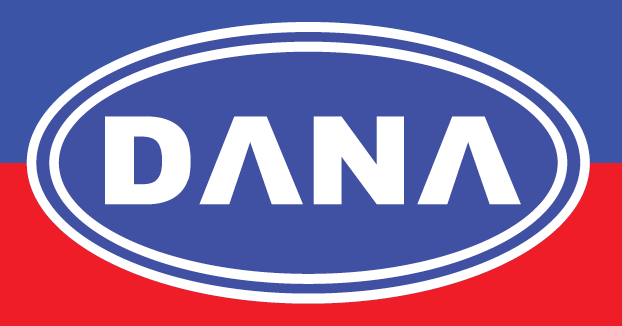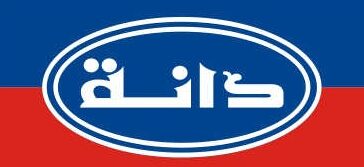Industrial lubricants and grease
Lubricants are compounds that are used to minimise friction and wear between surfaces that are in motion. Although this is the major role of lubricants, they may also be used as a heat transfer agent, a corrosion preventive, a sealing agent, and a way of trapping and expelling impurities in mechanical systems. While oils and greases are traditional liquid and semisolid lubricants, they also come in dry lubricants, gas lubricants (such as air), and other forms. When choosing lubricants for mechanical systems, it’s important to examine not just how they’ll minimise friction and wear, but also how they’ll accomplish any or all of these additional roles.
Equipment manufacturers strive to identify the best formulas for their designs, and operators are urged to choose and utilise them according to the manufacturer’s instructions.
Liquid lubricants, solid lubricants, and grease will all be discussed in this article.
Types of Industrial Lubricants and Grease
Liquid Lubricants
Petroleum and synthetic fluids are used to make liquid lubricants. Petroleum’s availability enables its usage in petroleum-based oils both common and cost-effective. Synthetic oils are normally more expensive, although they are employed in areas where the cost considerations are justified due to their better performance characteristics.
Solid Lubricants
Solid lubricants, also known as dry-film lubricants, consist mostly of synthetic or natural graphite or molybdenum disulfide, which are applied loosely to sliding surfaces or blended with binders. They are mostly employed in situations where liquid lubricants are impracticable due to temperature or pressure extremes or environmental factors. One location where molybdenum disulfide is favoured is high-vacuum conditions. Because graphite requires the presence of water vapour to work as a lubricant, it cannot be used in vacuum.
Grease for Industry
Grease is made up of a liquid lubricant and a thickening, commonly soap, as well as additives that give the composition desired qualities including corrosion resistance and tackiness. Grease, which is normally semisolid, liquefies at a temperature known as the dropping point, which can range from 200 to 500°F or greater depending on the thickening agent. Greases thickened with calcium- or lime-based soaps have lower dropping points, but those thickened with clays liquify at much higher temperatures.
Lubrication Theory
To support the bearing load, hydrodynamic lubrication relies on pressure created in the lubricating fluid. In order for hydrodynamic conditions to exist, a balance between speed, load, and viscosity must be reached. These requirements can be accomplished in a variety of ways. High loads, abrupt starts and stops, and other factors can all upset this equilibrium, causing imperfections in the surfaces to come into contact. The use of soft metals in babbitted journal bearings to make the babbitt a sacrificial surface rather than the harder shaft journal is due to this so-called boundary-lubrication situation.
EP lubricants are utilised in some gear applications for the same reason: additives in the lubricant offer a cushion during these boundary-lubrication occurrences. For shafts in lubricated journal bearings, so-called n/P, or Stribeck curves plot coefficient of friction, f, versus the nondimensional group n/P (viscosity x speed/pressure). The figure advances from boundary lubrication to mixed lubrication to hydrodynamic lubrication as the shaft accelerates.
BOTTOM LINE
Temperature variations, pressure, tension, and heavy and high loads are all factors that industrial machinery and equipment must contend with. Proper lubrication is the key to maintaining your equipment in good working order.
Industrial lubricants are meant to preserve your equipment from wear and tear, decrease downtime, extend service intervals, reduce maintenance costs, improve efficiency, and increase process productivity.
If you want to get the most out of your gear, though, make sure you choose a lubricant that satisfies the industry’s requirements and specifications.
DANA Lubricants Factory LLC (DANA LUBES) is an ISO 9001: 2015 Certified, API Approved UAE BASED Lubricant Oil Manufacturer in Dubai , OILS & GREASE is Quality Manufacturer & Supplier of Automotive, Industrial & Marine Lubricant Oils. Established in 2002, we are part of well-known Industrial Conglomerate DANA GROUP based in Dubai UAE (www.danagroups.com). We are exporting to more than 70 countries worldwide including Europe, Asia, Africa, South & Central America, Australia and GCC(Arab Countries).
Dana Lubricants are formulated to the highest international standards & specifications as per:-
- American Petroleum Institute ( API Certificate – DANA LUBRICANTS FACTORY LLC UAE)
- Society of Automotive Engineers (SAE)
- US Military (MIL)
- Machine manufacturers like Mercedes Benz, BMW, Porsche, GM, Ford, Volvo, MACK, MAN, Caterpillar, Komatsu, Toyota & others.
- As per Customer Formulation (OEM Basis)
DANA LUBRICANTS FACTORY LLC
PO Box 14761 , Ajman , UAE
Location : Opposite Hamriya Free Zone 2 ,
Gate number 3 , Ajman. U.A.E.
Tel : +971-4-2217273 Fax : + 971-4-2215940
Whatsapp : 00971-50-7983153
Email : info@danalubes.com / info@danagroups.com



